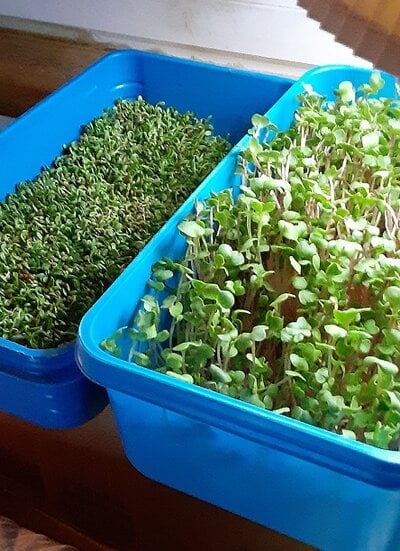- Thread starter
- #21
No mold just very poor germination and almost no growth.I hope by "tossing out trays" is that you mean the moldy trays go straight to a compost bin, or somewhere the worms can at least eat the fodder not fit for chicken consumption.
JT



